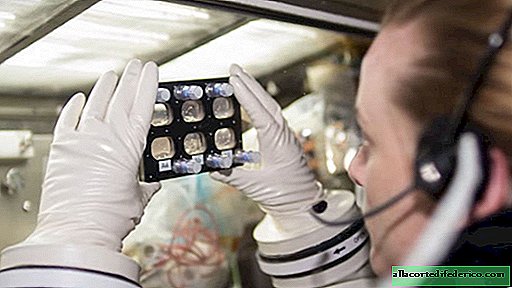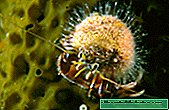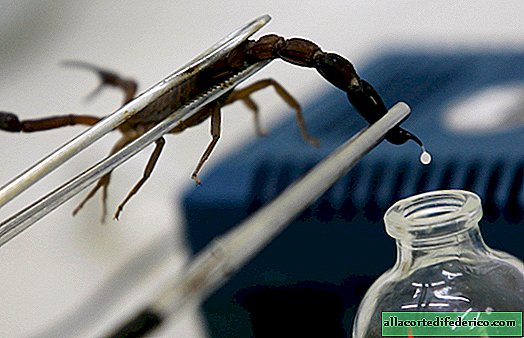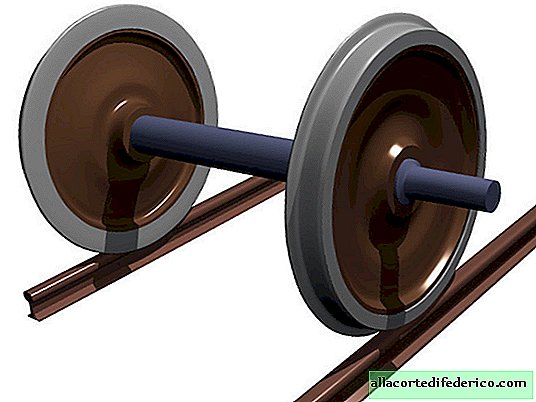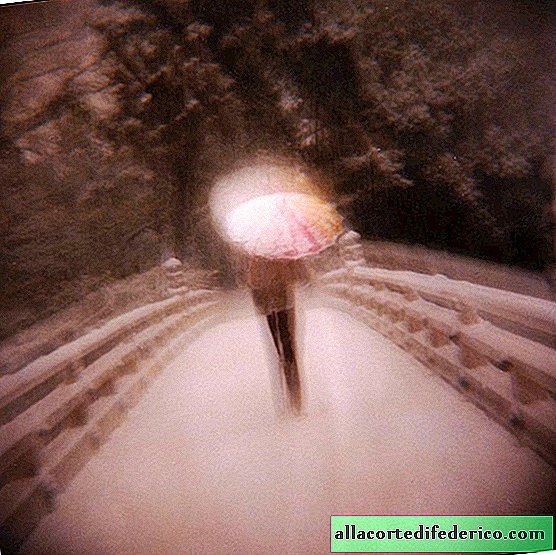Why do the notches on the edges of the coins
In fact, notches on metal coins are not made for beauty or because of compliance with some technological standards during minting. This tradition dates back to the distant XVII century, when the well-known Isaac Newton proposed using one of the side teeth to get rid of one problem.
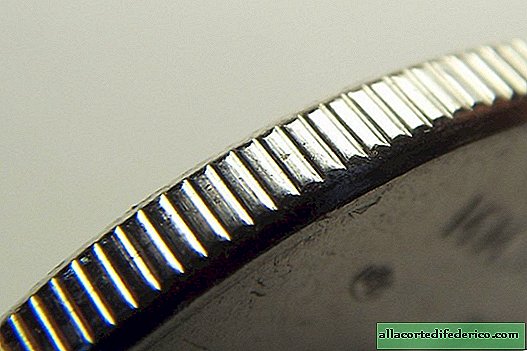
Fraudsters have always looked for ways to make money easily, and ancient coins gave them such an opportunity. Metal money could be slightly reduced by stealing part of the precious metal. Counterfeiters cut off the thin edge of the coin, leaving themselves the metal mined in such a simple way. The rest of the coin, although it was slightly smaller, did not arouse suspicion among most people and continued to be used as a means of payment. And the cut-off metal was sent for remelting, and later fake coins were made of it.

This state of affairs, of course, did not suit the mints of European states, but the treasury continued to suffer losses, and the fraudsters continued to do their ignoble business. It is difficult to say how long this disgrace would have continued if not for Isaac Newton. The great scientist was not only engaged in scientific research and publishing his progressive works, but also served in the service of the British Royal Mint. Newton's genius was multifaceted. He was not only an outstanding physicist, astronomer, mathematician and philosopher, but also a man who put an end to the prosperity of coin scammers in Europe.

Newton proposed making small notches on the edges of the coins, which would immediately calculate the authenticity of the coin. A simple technological innovation quickly spread throughout Europe. This pattern on the edge was called the edge, and today it can be found on many coins issued in different countries.




